Do you love eating milk and milk products? Especially cheese? Well, are you curious to learn how to make cheese? Let’s learn together.
Cheese was found accidentally, and it proves sometimes accidents in life give us the best results. There are some people that celebrate this accident every day; we call them turophile; exclusive cheese-lovers.
The passion for cheese spread the world and today there are various places around the globe famous for their cheeses.
Nobody can argue the fact that the best cheese is the cheese you enjoy eating the most. ☺ We’ve chosen 7 interesting cheesemaking processes to dive a little deeper into for you turophile people.
Maybe your new favourite cheese will be one of these. Maybe you’d like to have a taste for yourself?
1.Pule Cheese
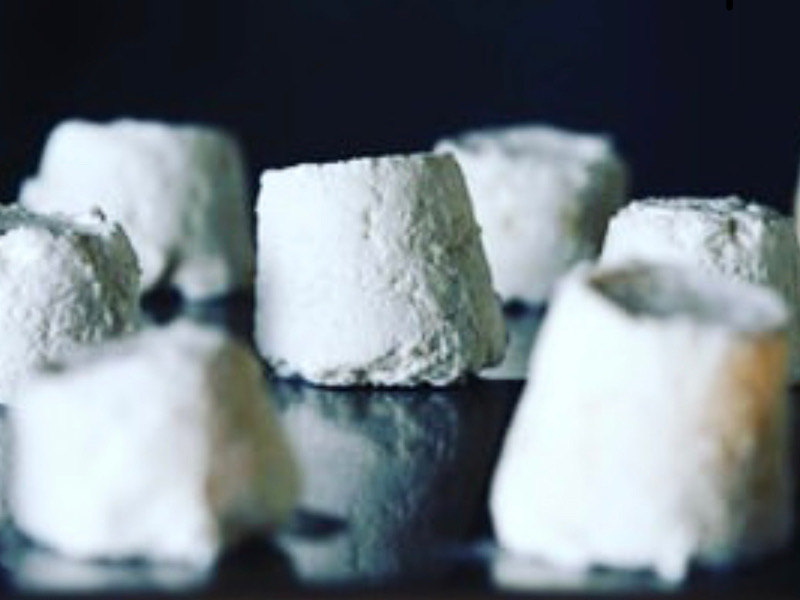
Photo Credit: atlasobscura.com
Country: Serbia
Pule Cheese is a Serbian cheese made by Balkan donkey’s milk. It is a kind of cheese rarely provided and reflects Serbian cuisine. Pule is both the most expensive cheese and highly valuable. Around 80 kilometres away from Belgrade, there is a donkey farm in Zazavica, donkey cheese is produced by hand-milking a herd of some endangered Balkan donkeys. This kind of cheese is sold 1000 pounds per kilogram! Pule is white and crumbly. It is a yummy, precious taste and artisan cheese and rarely found.
2.Divle Obruk Cheese
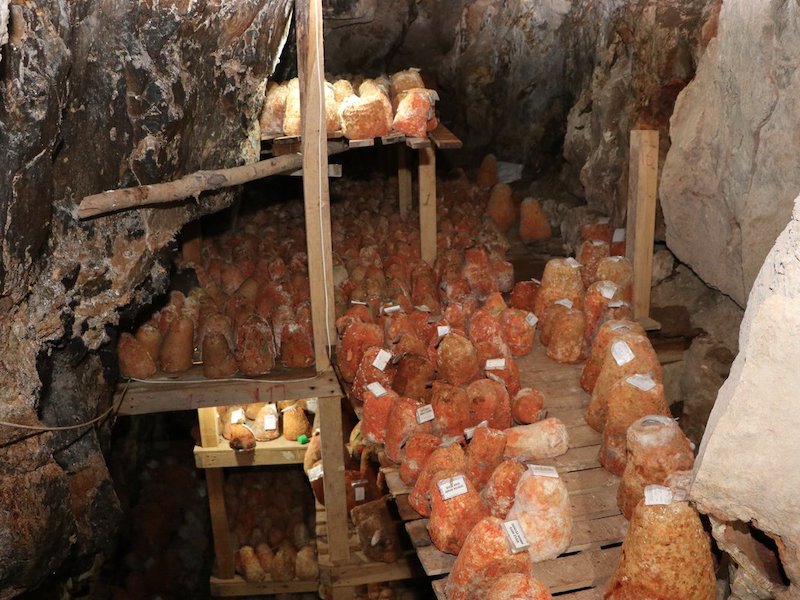
Photo Credit: Hurriyet
Country: Turkey
Divle Obruk Cheese is from caves in Karaman, Turkey. Putting specially prepared lamb and goatskin, this kind of cheese is made from sheep and goat milk. Then, these cheeses are put into special red caves called obruk. From May, bacteria living in the cave turn cheese into reddish in 5 months. This bacteria living in these caves can’t be produced elsewhere. Obruk has a 50-tonne storage capacity. Divle Obruk Cheese mirrors the features of the region very well and is the traditional taste of Karaman. The temperature of obruk is 5 degrees in both summer and winter. Divle Obruk Cheese is also known as Turkish Roquefort.
3.Stilton Cheese
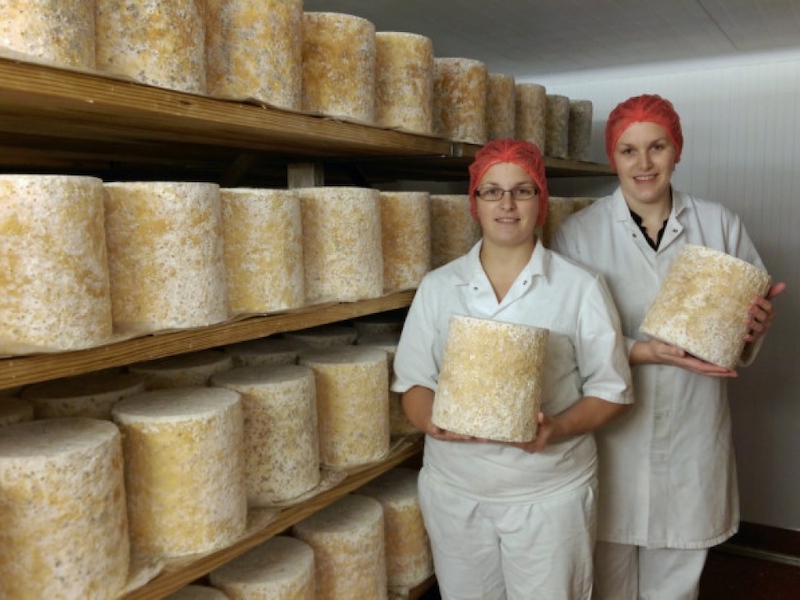
Photo Credit: Derbyshire Life
Country: England
The Stilton is one of the best British cheeses and has a long and rich history. The cheese can only be produced in the three counties of Derbyshire, Nottinghamshire and Leicestershire. Stilton is made from locally brought up cow pasteurised milk and it is put in a cylindrical shape and allowed to form its own coat or crust. The distinctive feature of this cheese is creamy yellow with magical blue veins going out from the centre of the cheese. Stilton is like cream, smooth and crumbly and is suitable for both celebrations and daily meals thanks to its nutrition benefits. Its taste is spicy. Britain’s blue legend is worth trying.
4.Vasterbottensost
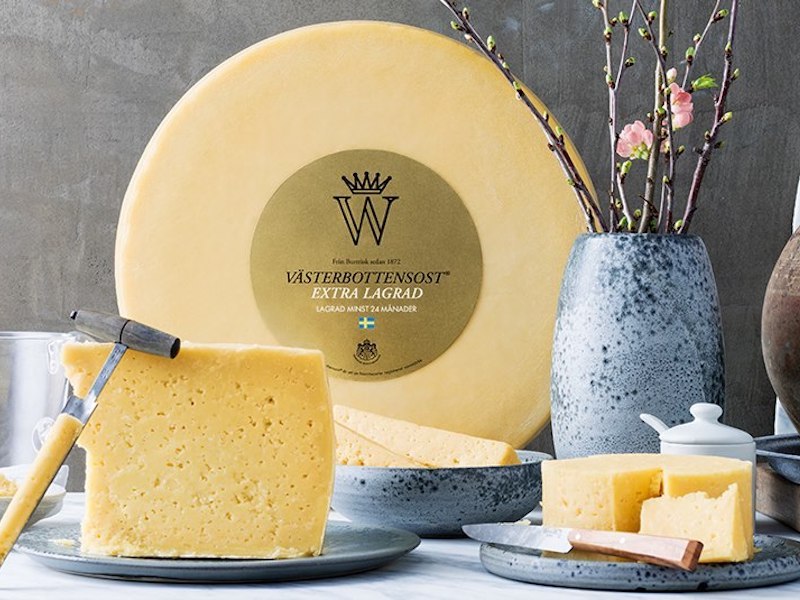
Photo Credit: swedishfood.com
Country: Sweden
Vasterbottensost is from Sweden. It is made with cow’s milk and is found in the result of an accident. According to the tale, in 1872, Ulrika Eleonora Lindström, a dairy maid, was alone at home stirring the curd of traditional cheese but was interrupted by an assignation with her lover, a dairy hand. The cheese was forgotten with love or maybe mistake ☺ Firstly, people considered Vasterbottensost as a failure but it has a unique taste. This cheese has an aromatic taste with a salty and sweet flavour and also hard and granular nature. As for taste, Vasterbottensost is like Parmigianino Reggiano; salty but slightly sweeter. Vasterbottensost’s texture is crumblier than it. This cheese has small holes on it and quite high fat (31%). Vasterbottensost has limited production that’s why it is more expensive than other aged cheeses.
5.Epoisses de Bourgogne
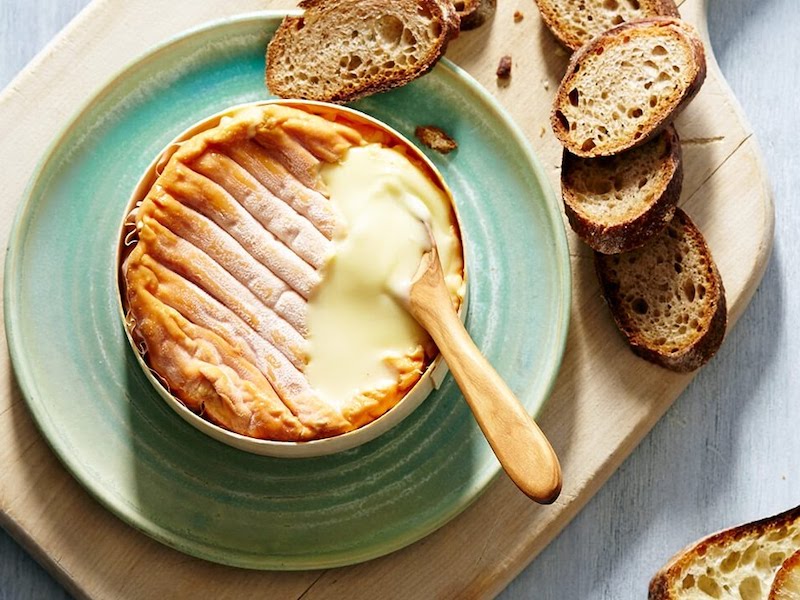
Photo Credit: fromages-france.com
Country: France
Epoisses de Bourgogne is a cheese made by soft cow’s milk in the village Époisses, France. Commonly called Eppoisses, it is a smelly and runny cheese. Eppoisses is one of the favourites of Napoleon. Its texture is chewy, creamy and firm and the taste is spicy and salty. In France, this cheese is popular with its terrible smell so that Epoisses has been banned in public transportation. For this cheese, people say that if it smells like someone who hasn’t showered in a week – eat and enjoy! For those who are adventurous with their flavours, this cheese is absolutely for you.
6.Casu Marzu
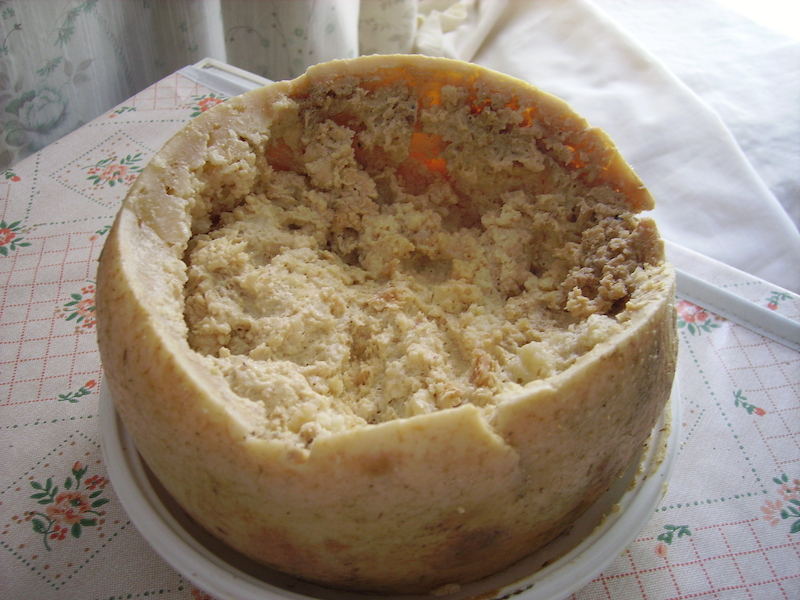
Photo Credit: oddee.com
Country: Italy
Casu Marzu is from Sardinia Island in Italy and reflects the food heritage of Sardinia. It literally means rotten cheese and includes live maggots, live insect larvae. This cheese consists of sheep milk, firstly, it is fermented. After, it is left to decompose with the help of the digestive action of the cheese fly larvae which are introduced in the cheese solely for this purpose. Because of larvae actions, the cheese turns liquid and soft thing. Casu Marzu is a very good choice for weddings and celebrations.
7.Halloumi
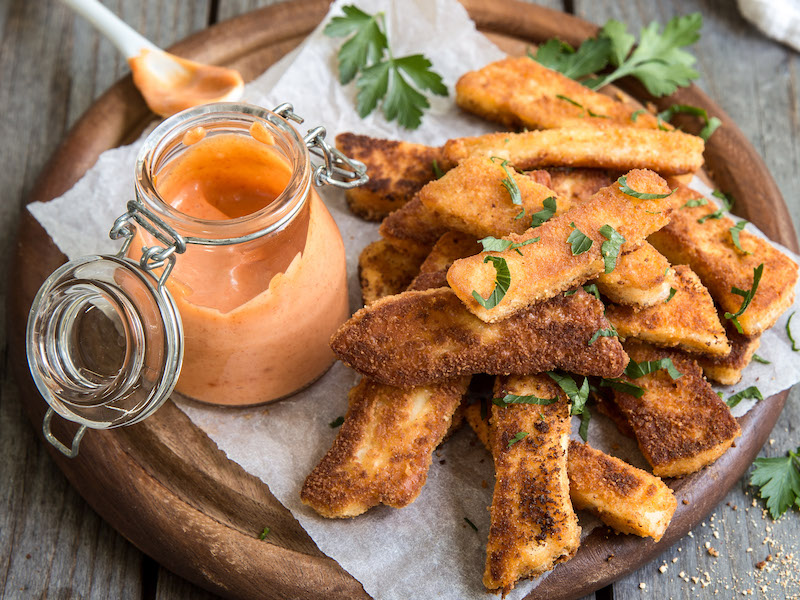
Photo Credit: Hurriyet
Country: Cyprus, Mediterranean Region
Halloumi brings Mediterranean liveable air and delicious cuisine with itself. This coastal taste is made with cow, sheep and goat’s milk. The texture is springy, chewy, semi-soft, its colour is white and its surface is smooth but guess what? Even this cheese is semi-soft, it has a very high melting point. This high melting point makes Halloumi suitable for grilling, BBQ and frying. Yummy… Mediterranean people eat it with summer fruits like watermelon, melon and Mediterranean mezes and traditional dishes besides olive oil, season salad. It is one of the light cheese types.
We have travelled around the world together. It was all cheese delicious and interesting from each other and worth trying. We can’t say the best for one of these but sure about their quality and flavour. Why not try every cheese, there are days to live, to eat, and to thank. We’ll be so happy if you share more cheese types with us. Let’s learn more. Bon Appetite!